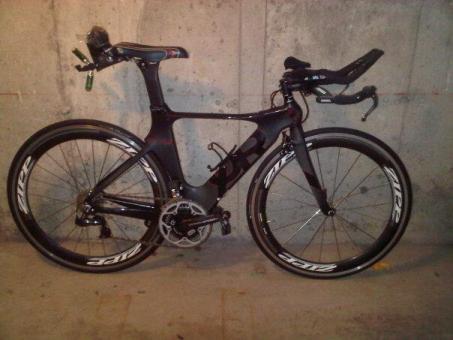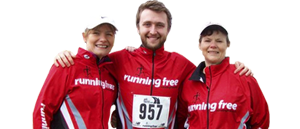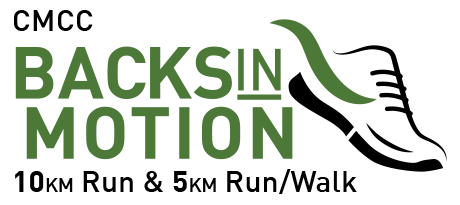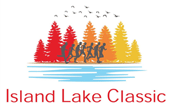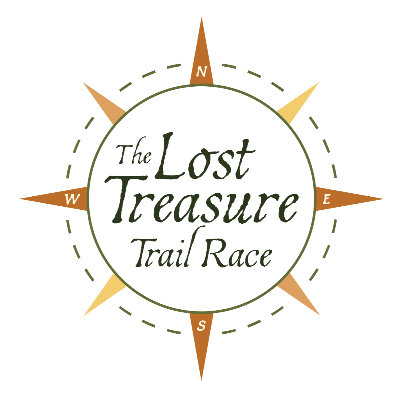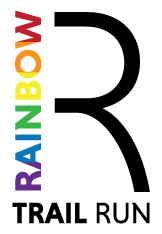In my 7 years as a triathlete, I have owned 3 triathlon bikes. During the purchase process for these bikes, I was drawn to the colours or the brand of the frame first, before considering functional criteria of the bike, such as the stack, reach, or the angle of the seat post, and whether my physiology fit the particular frame in question. As a result, all the components that I ended up purchasing were used to retrofit my own physiological properties onto the frame in question.
This year, I decided to do something different. I decided to go with a different kind of purchasing mentality. I decided to look at things from a top-down perspective, indicating to my coach Rick Choy that I value comfort and functionality, over flashiness or reputation, without compromising aerodynamics or speed. Face it – there are a lot of Cervelos out on the street and I admit those are beautiful bikes, except they fit a specific type of cyclist (sadly, not me). Despite my desire to want to support a Canadian brand such as Cervelo, I was resigned to looking elsewhere.
The following detailed my selection process for my new bike, and how I ended up with the Quintana Roo CD0.1 Di2 triathlon bicycle.
1) COMFORT
While I am predominantly a short course athlete, with occasional dabbles in Ironman and 70.3 events, there is no doubt that, as an endurance athlete, you spend a lot of time building base. In our case, even as a sprint triathlete, you would still spend upwards of 2-3 hours every weekend on the bike. The first consideration, as a middle-of-the-pack (“MOP”) triathlete is comfort. If you can’t spend time on your bike without getting sore, then you have the wrong bike.
Equally as important is the fit. Saddle height, fore/aft, extension length, stem length… these all seem like foreign concepts to a new bike buyer, so I highly recommend that you find a qualified bicycle fit expert to help you find your optimal “fit coordinates.” For me, I have found that the Dan Empfield developed FIST fit coordinate system to be incredibly worthwhile. (http://www.slowtwitch.com/Bike_Fit/index.html)
In the GTA area, I’ve found that while there are multiple bike fitters who can do a good job, Rick Choy is one of the only people who could get me comfortable on the bike for extended periods of time. Even prior to getting the bike, we had done multiple consultations and measurements to be sure that CD0.1 that he was recommending was the correct fit.
2) Functionality
One of the things I hate the most about triathlon or time trial bikes with a standard setup is the fact that you cannot shift from the bullhorns (i.e. out where your break levers are). This is incredibly frustrating because of the fact that when you are climbing or descending, you likely would be on the bullhorns, and not your aerobars. Being able to correctly select your gearing is not an issue if you’re a cyclist with multiple years of experience, but I am still a terrible cyclist who may need to shift in the act of climbing or descending. If you’ve ever tried to shift your front derailleur while climbing, you probably have dropped a chain.
Well, I did not like that inconvenience. When I spoke to Rick about this, he recommended I look into the Shimano Dura Ace Di2 components, which address both of my concerns above. With this system, you get both the ability to shift from the aerobar ends but more crucially also from the brake levers. So for an up-and-down course in cottage country (e.g. Muskoka), having this functionality is so important if you are not skilled at shifting, especially if you are riding a tri bike with a traditional setup.
3. The final result
So I ended up with the CD0.1 bike because after all the discussions with Rick about fit, we came back to this choice. It was great having Rick advise me on the bike because I don’t think I could have done this myself. If you are buying a new bike, I strongly recommend getting in contact with Rick because you will be surprised at how many bikes just don’t fit you, and how few bikes that actually do fit you.
Lastly, I strongly encourage that, if you are buying a new bike and you are relatively certain that you will be in the sport for a few years, do not buy an entry level bike and “upgrade” afterwards. You end up spending more money like that. Go all in: get a bike that you will feel comfortable with for the next few years and make sure it has the components and functionality that you need!
